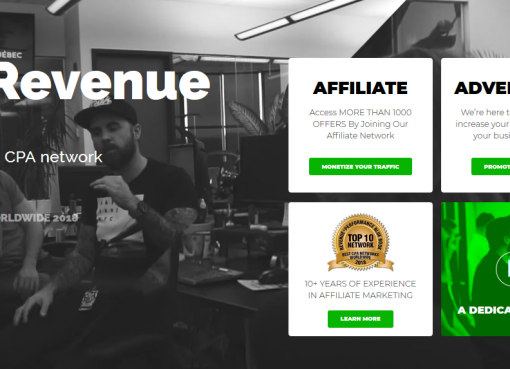There is a premium on speed in today’s online environment. Heck, it’s at a premium everywhere…
When we look at the issue of speed online there are several aspects to consider. Get these things right and you deliver a fast, responsive experience that your visitors reward you for. Get these things wrong and they’re gone (maybe forever).
Just for example sake, let’s look at that principle on a large scale
Over 3 billion Google searches are done in a day; answering 34,000 questions per second.
When the questions are answered slowly, less questions are asked.
Google found that slowing search results by just 4/10ths of a second would reduce the number of searches by 8,000,000 per day.
source
That’s what speed means from a 30,000 foot view. Are we impatient creatures or what?
So what does this mean to you? How can you ensure your site is fast enough to be relevant?
Optimize Your Site for Speed

If you’re using a CMS like WordPress it’s a matter using the right plugins. Check out the best WordPress plugins for 2012 post (I’m unfamiliar with other CMS’s so I’m no help for plugins for Drupal, etc.)
If you’re using goold ol’ HTML/PHP be sure your code is clean. Outsourcing to a decent developer is not a bad idea. Just be sure to check that there are no errors in the code using a tool like W3Schools Validate Tools.
Use Raw Redirect Links
This one is a shocker to some. But cloaked links can dramatically increase speed for the end user.
People have made 15-20% more by turning off cloaking, so this is an option seriously worth considering. If you are sending clicks from a traffic source to your landing page, there is absolutely no reason to cloak your redirect links.
source
Use High Quality Technology
Sure, hostgator’s baby plan looks good to your penny pinching wallet. But the fact remains it’s not always the fastest solution. Don’t get me wrong, if you’re just getting started and super strapped for cash that may be your only choice. Keep in mind though the technology serving your site effects your site load time.
always keep in mind that once you start driving tens of thousands of clicks a day, a powerful and fast server becomes a necessity.
source
Utilize a Content Distribution Network (CDN)
Essentially this service is going to host your media files like images, audio, and video and serve it to your visitor from a different server depending on location. It’s pretty slick. Here’s a better description
A Content Distribution Network (CDN), moves your site’s assets such as the css, images, audio and video closer to where you visitor is. You may not have known this till now, but if you are on the west coast and access a server on the east coast, the lag and latency is higher than accessing the same content on a server located on the west coast. This is amplified even more when you start to deal with international traffic.
source
There are a bunch of CDN’s out there. Do a little due diligence before signing up for one. They’re not all the same. Here’s a popular CDN to check out if you’re curious – http://www.maxcdn.com/



![How to start a blog that will actually make you money [Part 1]](https://scoop.offervault.com/wp-content/uploads/2016/10/How-To-Make-Money-Blogging.jpg)

Image optimization?
For those who are interested in optimizing their websites for speed, this piece of article is a great place to start.
While CDN is good, however, depending on your audience demographics and where your web server is located, CDN may not be necessary.
For eCommerce websites that serve a large and diverse group of audience for example Australia, USA, China and India, then to invest in a CDN sound logical and may help in the conversion.
I’d like to thank you for the efforts you’ve
put in penning this blog. I’m hoping to check out the same high-grade content from you in the future as well.
In fact, your creative writing abilities has motivated me
to get my very own website now 😉